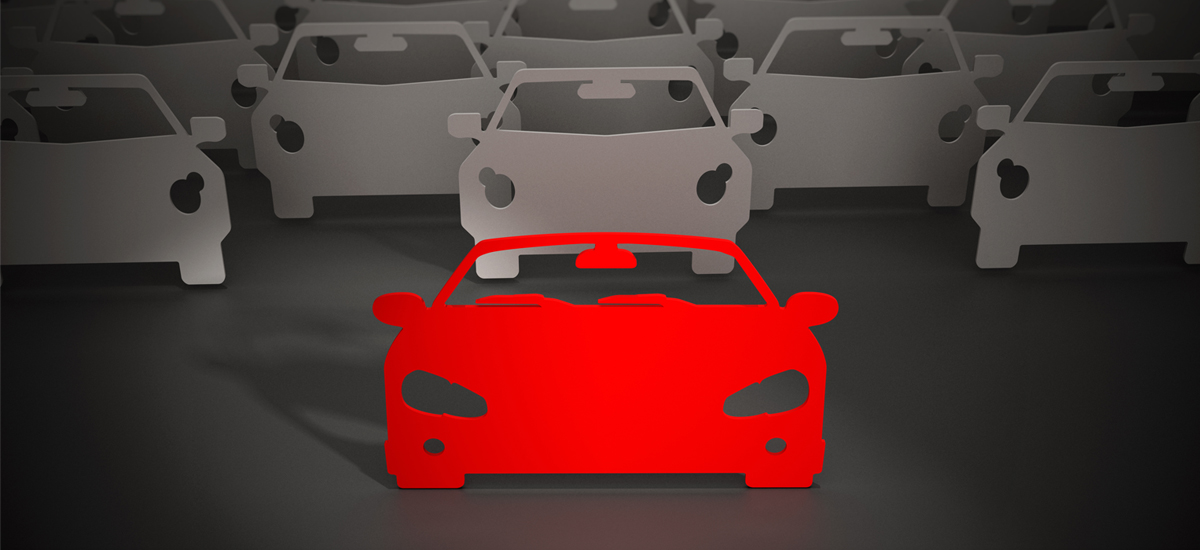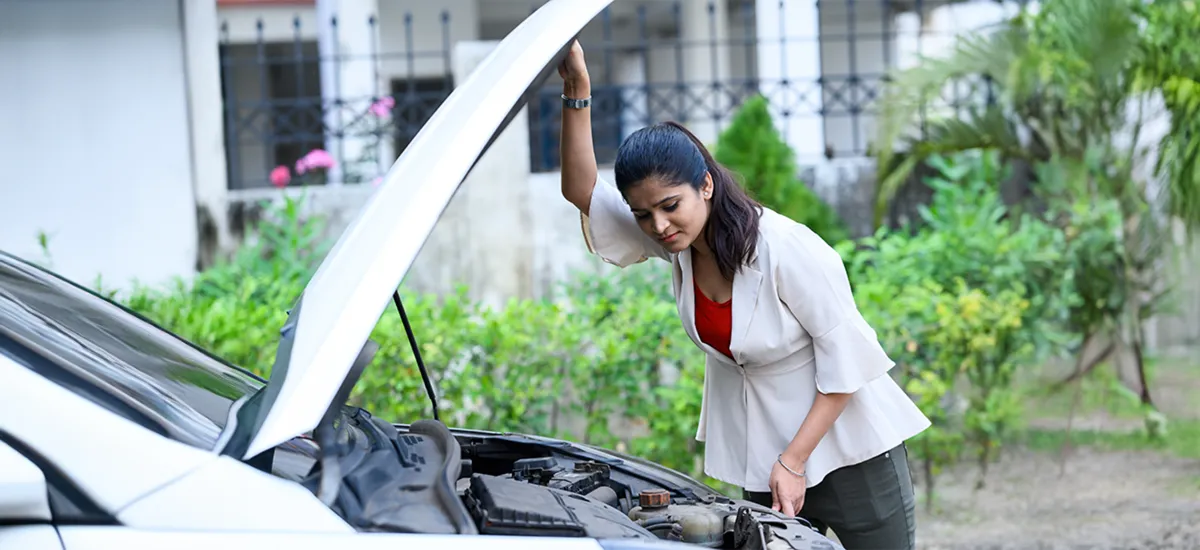Planning to get a driving licence in India? If you have come across the term "LMV" and are unsure what it means, you are not alone. LMV stands for “Light Motor Vehicle”, and it's one of the most common categories under the Indian driving licence system. It includes vehicles like cars, SUVs, and even small delivery vans—basically, the kinds of vehicles most of us drive every day.
Whether you are a first-time applicant or simply looking to understand the classification better, knowing what LMV includes is essential. Let's break down the full form of LMV, the types of vehicles it applies to, and the eligibility requirements for obtaining an LMV licence in India.
What is the full form of LMV?
The full form of LMV is "Light Motor Vehicle." In the context of driving licences in India, LMV refers to a specific category of vehicles that fall under certain weight and passenger capacity limits. Understanding the full form of LMV is essential for individuals who are planning to apply for a driving licence or are curious about the different vehicle classifications.
The LMV licence allows holders to legally drive private cars and certain non-transport vehicles. However, for commercial use (like taxis or goods transport), a separate endorsement or badge may be required.
Types of vehicles covered under LMV
The LMV category in driving licences includes a wide range of light motor vehicles. Here are some common types that fall under the LMV classification:
1. Cars
Passenger cars, including hatchbacks, sedans, and SUVs, are classified as LMVs. These vehicles are designed to carry a limited number of passengers and have a maximum gross vehicle weight of 7,500 kg.
2. Jeeps
Jeeps and similar small utility vehicles also fall under the LMV category. These vehicles are often used for both personal and commercial purposes and have a seating capacity of up to 6 passengers.
3. Vans
Small passenger vans and goods carriers with a gross vehicle weight not exceeding 7,500 kg are considered LMVs. These vehicles are commonly used for family transportation or small-scale commercial operations.
4. Three-wheelers
Auto rickshaws and other three-wheeled vehicles with a maximum gross vehicle weight of 1,000 kg and a seating capacity of up to 6 passengers (including the driver) are classified as LMVs.
5. Quadricycles
Quadricycles, which are four-wheeled microcars with specific weight and power restrictions, also fall under the LMV category in India.
It's important to note that the exact specifications and limitations for each vehicle type may vary based on the latest regulations set by the Indian government.
Eligibility criteria for LMV driving licence
To obtain an LMV driving licence in India, applicants must meet certain eligibility criteria. Here are the key requirements:
· Age: Applicants must be at least 18 years old to apply for an LMV driving licence. However, for transport vehicles (commercial use), the minimum age requirement is 20 years.
· Learner's licence: Before applying for a permanent LMV driving licence, individuals must first obtain a learner's licence. The learner's licence is valid for 6 months and allows the holder to drive an LMV under the supervision of a licensed driver.
· Driving training: Applicants are required to undergo driving training from a recognised driving school or from a qualified individual. The training should cover both theoretical knowledge and practical driving skills.
· Medical fitness: Applicants must be physically and mentally fit to drive an LMV. They may be required to submit a medical certificate from a registered medical practitioner confirming their fitness to drive.
· Residence proof: Applicants need to provide proof of residence, such as a passport, voter ID card, or utility bill, to verify their address.
· Application form: Applicants must fill out the prescribed application form for an LMV driving licence and submit it to the Regional Transport Office (RTO) along with the required documents and fees.
· Driving test: After meeting all the eligibility criteria and submitting the application, applicants must pass a driving test conducted by the RTO. The test assesses the applicant's knowledge of traffic rules, driving skills, and ability to handle an LMV safely.
Once the applicant completes all the requirements and passes the driving test, they are issued an LMV driving licence, which is valid for a specific period as per the regulations.
Stay licensed, stay insured, stay safe
Understanding the full form of LMV and its significance in the Indian driving licence system is crucial for anyone who wants to drive a light motor vehicle legally. The LMV category covers a range of vehicles, including cars, jeeps, vans, three-wheelers, and quadricycles, each with specific weight and passenger capacity limitations. To obtain an LMV driving licence, applicants must meet the eligibility criteria, which include age requirements, possession of a learner's licence, completion of driving training, medical fitness, residence proof, and passing a driving test.
By familiarising yourself with the details of LMV and the associated requirements, you can ensure that you follow the necessary steps to obtain a valid driving licence and enjoy the freedom and convenience of driving a light motor vehicle in India. Remember to always prioritise road safety, follow traffic rules, and keep your driving skills sharp to contribute to a safer and more responsible driving environment for everyone.
To further protect yourself on the road, consider securing your vehicle with a comprehensive car insurance policy from Generali Central Insurance. It offers financial protection against accidents, theft, and unforeseen damages, giving you peace of mind every time you drive.
FAQs
1. What is the minimum age requirement for obtaining an LMV driving licence in India?
The minimum age requirement for obtaining an LMV driving licence in India is 18 years for personal vehicles and 20 years for transport (commercial) vehicles.
2. Is it mandatory to have a learner's licence before applying for a permanent LMV driving licence?
Yes, it is mandatory to obtain a learner's licence before applying for a permanent LMV driving licence in India. The learner's licence is valid for 6 months.
3. What types of vehicles are covered under the LMV category in Indian driving licences?
The LMV category in Indian driving licences covers vehicles such as cars, jeeps, vans, three-wheelers (auto rickshaws), and quadricycles, all subject to specific weight and passenger capacity limitations.
4. Is a medical certificate required for obtaining an LMV driving licence?
Yes, applicants may be required to submit a medical certificate from a registered medical practitioner confirming their physical and mental fitness to drive an LMV.
5. How long is an LMV driving licence valid in India?
The validity period of an LMV driving licence in India may vary based on the regulations set by the government. Typically, it is valid for a specific period, after which it needs to be renewed.




















